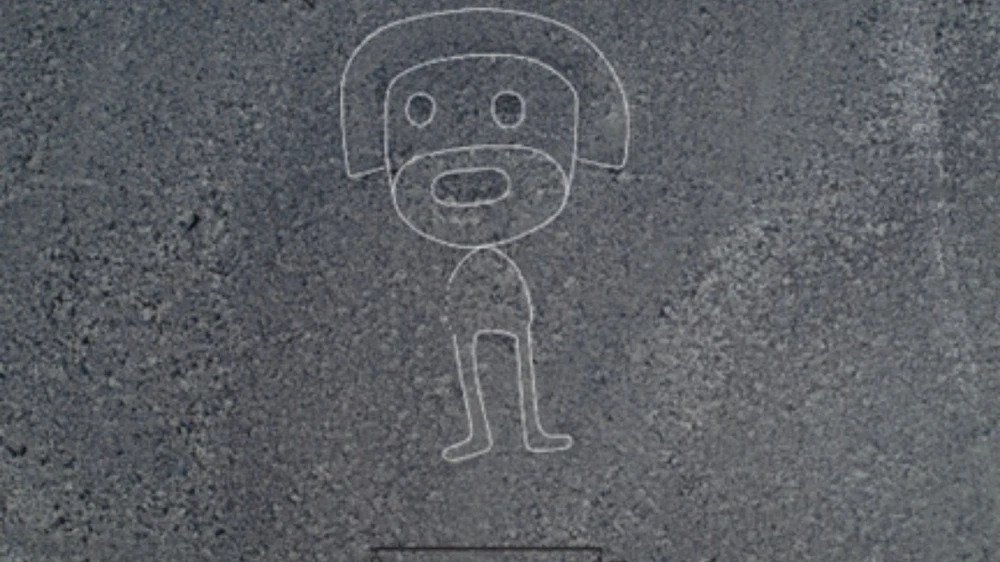Scientists Found 168 More Ancient Figures Etched Into the Peruvian Desert
The Nazca Desert in Peru is decorated with hundreds of mysterious figures, called geoglyphs, that were etched into the soil by the Indigenous peoples who lived in this area between 2,500 and 1,500 years ago.
The ancient drawings, collectively known as the Nazca Lines, cover an estimated 170 square miles of this arid terrain.
Many of the figures are visible only from an aerial viewpoint, leaving researchers puzzled about the purpose of this huge artistic display.

Now, an international team of researchers from Japan and Peru have discovered 168 previously unknown geoglyphs in this Peruvian desert, including depictions of humans, birds, orcas, cats, snakes, and camel relatives, according to a statement from Yamagata University released on Friday.
The figures date back nearly 2,000 years, according to preliminary research, and were identified with the help of high-resolution aerial images captured by drones during field surveys from June 2019 to February 2020.
Many of the newly discovered geoglyphs are relatively small, measuring only ten to 20 feet across, which kept them hidden from past searches.
One of the most memorable figures looks to be a bearded man with an Anton Chigurh-style haircut, but the new haul also includes a wide variety of animals, from marine mammals to birds, reflecting the ecological richness of the area thousands of years ago.
Researchers led by Masato Sakai, an archaeologist and anthropologist at Yamagata University, made the discovery in collaboration with Jorge Olano, a Peruvian archaeologist based at Panthéon-Sorbonne University.
The same team previously identified 143 geoglyphs in the same area, an achievement that the researchers announced in 2019.
These breakthroughs follow the 2012 establishment of the Institute of Nazca, a research center in the area supported by Yamagata University.
Sakai and his colleagues are hopeful that their efforts will uncover many more of these enigmatic drawings in the coming years, perhaps revealing new insights into the meaning of this natural desert canvas to the people who lived here long ago.